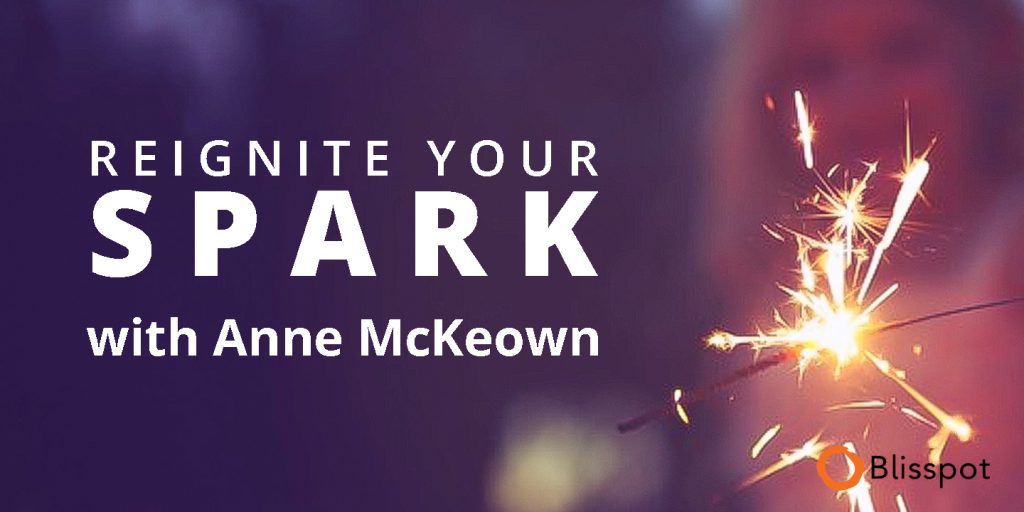To relax means to become less tense in the body and less anxious in the mind ~ Anne McKeown
As a Practitioner of Neuro Linguistic Programming (NLP) I teach clients how to use the mind to relax the body and how to use the body to relax the mind. Various techniques include: anchoring resourceful states, changing unsuccessful strategies, shifting values and integrating conflicting parts of the unconscious mind.
Understanding the power of the mind, plus awareness of the mind/body connection is essential for achieving positive outcomes in life. To heighten the overall impact, all five senses are utilized (sight, sound, taste, smell & touch), as well as language patterns that encourage change.
By being mindful of everything you do, you will have greater awareness around what bothers you, what increases your stress levels and what helps you relax. By noticing these changes, you can halt the natural stress response and bring your emotional levels back to a state of calm.
The most important thing in NLP is your mindset. Once you ‘believe’ you can change that, all your practice will support that belief making it a stronger response than either fear or stress.
Allowing your mind to give suggestions to your body and allowing your body to be suggestible is the key to success. If you get good at being suggestible you will be able to tell your unconscious mind to do anything and it will do it for you. It acts like an obedient child that wants to please. However, you have to be careful what you tell it because if you are constantly saying I’m stressed, I’m tired or I’m bored, that’s what you will get more of — you may have heard the saying “be careful what you wish for,” this is why! Some people hate goal setting and see it as a waste of time, but the action of physically writing down positive goals as well as looking at them and thinking about them, is a powerful combination and a great way to tell the unconscious mind exactly what you want and are striving for.
Have you ever noticed a sports person who blesses himself before the start of a race or a golfer who presses one thumb on top of another before a big swing, maybe a footballer who bends down to tie his shoelace or a tennis player who taps her heel with the racquet? These are all anchors that they have previously set up with their coach. This rehearsed action tells the brain it’s time to step into their desired state ie: focus, calm, confident, winner, etc.
Have you ever wondered why some people are very successful and great at what they do, yet others are merely competent? That’s the question Richard Bandler and John Grinder the creators of NLP, had in the 1970s. One of the things they discovered was what we call modeling, in other words, copying the behaviour of those we admire and strive to be like. Using sport as an example again, I bet any athlete will tell you that they watched hours of video footage of their heroes. They will have slowed the video down so they could see the exact execution of every bodily movement and how these movements flow together to produce the expected result. What’s this got to do with relaxation? Everything! We can all choose to live a less stressful life by learning from someone who teaches relaxation techniques, or by copying the daily routine of a colleague or friend who always appears to be relaxed.
As mentioned before, there are numerous ways to control our thoughts and emotions. One way is linking them to colours, this is hugely effective and works by making use of the way the brain connects a visual stimulus to a thought.

Try these exercises:
1. Pick a coloured sticker, blue (imagine ocean and sky) or green (imagine grass and gardens) are calming colours. Other colours have different associations, for example, yellow is seen as speeding the metabolism, therefore not so good for relaxation and red is the most emotionally charged colour, representative of love and danger!
2. Stick this coloured spot somewhere you will see it often, but not constantly.
3. Stare at the sticker and as you do so, think of a specific occasion when you felt deeply relaxed (ie. lying by the pool on holiday, sitting on a comfy chair with a good book, being cuddled by someone who really cares for you, etc.). Associate as closely as you can with this memory. Take yourself back there; see what you saw and make that picture in your mind bright, vivid and colourful; feel what you felt (relaxed, calm, safe, loved, secure…) intensify this feeling as you continue to look at the coloured dot. Hear what you heard in that moment (birds singing, soft music, loving words, comforting heartbeat…) turn up the volume on these sounds. Remember how totally relaxed you felt.
4. Do this for one minute, loading up the spot with this desired, relaxed emotion. From now on you will feel instantly relaxed whenever you look at this dot. Place these coloured spots around the house or office, as reminders to remain calm and relaxed.
We have always thought that people who talk to themselves are crazy, but I tell you that they are not! Many studies show that language has a huge impact on our wellbeing, especially our self-talk, which is often more hurtful and negative than anything we would ever say to someone else! I mentioned earlier, the importance of being ‘suggestible’ and one of the great methods for this is through the use of language.
There are different types of language patterns that help us gain benefits. Commands is one of them; short, sharp instructions that the mind reacts to immediately, for example: relax, listen, go, stop. And embedded commands, where we surround these instructional words with other languages. Putting the word ‘now’ at the end of each phrase is very powerful and causes the mind to react instantly. For example:
Luckily, you can relax now
You might want to relax now
I wouldn’t tell you to relax now if it wasn’t safe to do so
When you relax now you will realize…
You can relax right now
You know that if you wanted to, you could tighten your muscles and make a fist that is so strong that you couldn’t make it any stronger or more powerful. Isn’t that true? So, if you wanted to, and if you knew how to, you could also make any group of muscles absolutely, totally relaxed and that unless you removed the relaxation, you could relax those muscles to the point where they wouldn’t work.
That is also true, isn’t it? The easiest muscles in the entire body to relax are your eyelids. Now, you know that’s true, don’t you? Remember a time when you were tired, had a rough day and closed your eyes and it just feels so good. Did you experience this as you were reading it? How’s that for suggestion! I was controlling your mind without even being in the room or speaking out loud!
NLP links with hypnosis and meditation, these promote altered states and have been used to help us relax, focus and increase well-being, since the beginning of civilisation. The main difference is that meditation is about acceptance and being open to whatever happens, whereas hypnosis is more directional — it’s about guiding towards something better. An ideal position is to fully appreciate what you have and be open to moving towards something better, instead of always moving ‘away from’ things that make us uncomfortable.









Wow thank you for sharing! A friend of mine just finished her study in NLP and i find it so extremely interesting and insightful! I am going to try that little sticker exercise, sometimes its those small little things we do to alter our subconscious mind that make the biggest differences!